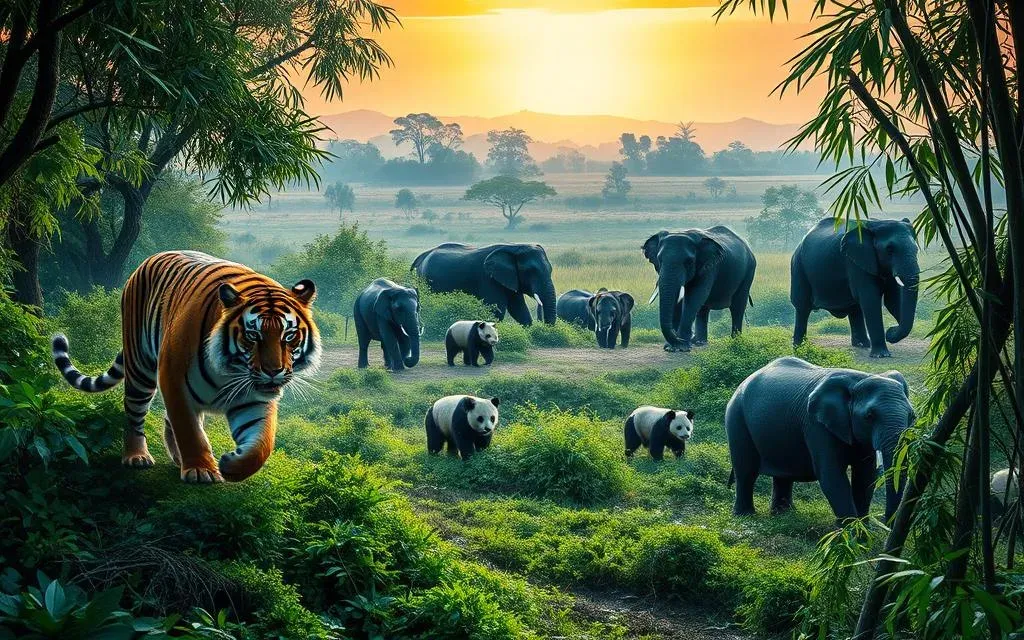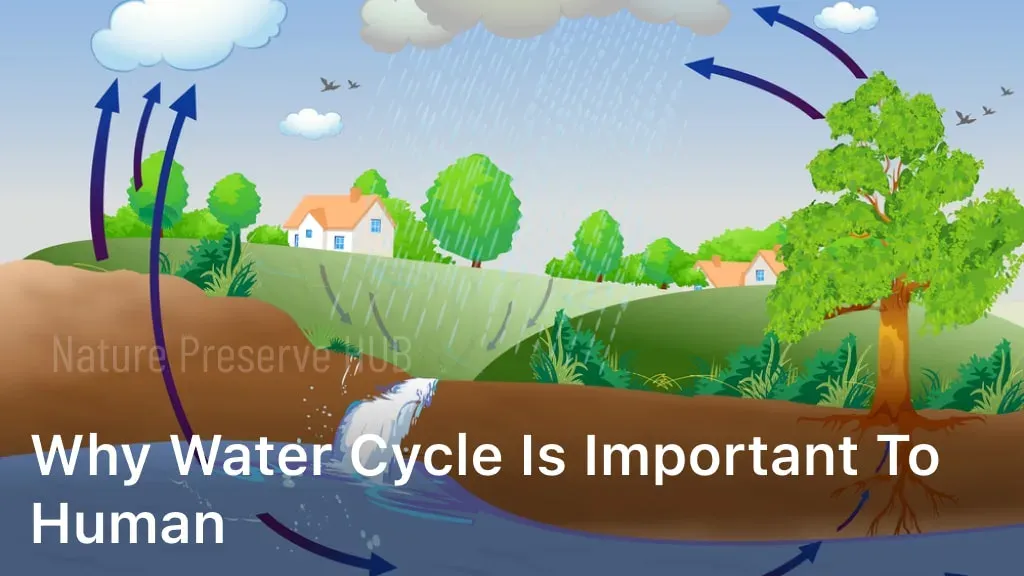Learn how to protect endangered animals in your area with conservation efforts, habitat protection, and community awareness initiatives.
Have you ever wondered what would happen if the unique species in our area disappeared? Our natural world provides clean air, water, and food, making it essential for our survival. Yet, many plants and animals face threats from invasive species and habitat loss.
Understanding local endangered species is the first step toward meaningful conservation. By learning about these creatures, we can take action to ensure their survival. This not only benefits wildlife but also enhances our quality of life.
Visiting protected areas like wildlife refuges can also help. These visits boost funding for conservation efforts, ensuring these places remain safe for future generations. Together, we can make a difference in protecting the world around us.
Table of Contents
ToggleUnderstanding Endangered Species and Their Habitats
Local wildlife plays a vital role in maintaining ecological balance. From pollinators to predators, each species contributes to the health of our environment. When these creatures are at risk, entire ecosystems can collapse.

Recognizing the Value of Local Wildlife
Native species are essential for a thriving ecosystem. They provide food, shelter, and support for other organisms. For example, bees and butterflies pollinate plants, ensuring the growth of fruits and vegetables.
Preserving these species helps maintain biodiversity. It also ensures that future generations can enjoy the natural world. By protecting native plants and animals, we safeguard the resources we depend on.
The Impact of Habitat Destruction
Habitat loss is a leading cause of species decline. Logging, urban development, and agriculture often destroy natural environments. This leaves many animals without food or shelter, pushing them toward extinction.
Wildlife refuges and parks play a crucial role in conservation. They provide safe spaces for endangered species to thrive. Legislative changes and community efforts can also help reverse habitat destruction.
| Threat | Impact on Species | Solution |
|---|---|---|
| Logging | Destroys forest habitats | Sustainable forestry practices |
| Urban Development | Reduces natural spaces | Zoning laws for conservation |
| Agriculture | Encroaches on wildlife areas | Wildlife-friendly farming |
How to Protect Endangered Animals in Your Area: Local Conservation Tips
Every small effort we make can have a big impact on preserving wildlife. By taking action in our communities, we can help protect endangered species and their habitats. Here are some practical steps to get started.

Visiting National Wildlife Refuges and Parks
National parks and wildlife refuges are vital for conservation. These places provide safe habitats for endangered species. Visiting them supports funding for their protection. It also raises awareness about the importance of preserving natural spaces.
Consider volunteering at a local refuge. Activities like habitat restoration or wildlife monitoring make a difference. Your time and effort contribute directly to conservation efforts.
Supporting Legislation and Funding for Conservation
Government policies play a crucial role in protecting endangered species. Supporting legislation like the Endangered Species Act ensures long-term conservation. Contact your local representatives to advocate for increased funding.
Signing petitions and attending conservation meetings can amplify your voice. Collective action drives meaningful change for wildlife and their habitats.
Participating in Community-Based Initiatives
Local initiatives are a powerful way to make an impact. Join clean-up events to remove litter from natural areas. Participate in wildlife monitoring programs to track species health.
Collaborate with national organizations to expand your reach. Educate others about the importance of conservation. Together, we can create a safer environment for endangered species.
- Visit wildlife refuges to support conservation funding.
- Advocate for stronger environmental policies.
- Join community clean-ups and monitoring programs.
Engaging with Your Community and Local Government on Conservation
Conservation efforts thrive when communities and governments work together. By uniting our voices, we can create policies and programs that safeguard endangered species and their habitats. This collaboration ensures a brighter future for wildlife and our environment.
Collaborating with Conservation Organizations
Partnering with groups like the Endangered Species Coalition amplifies our impact. These organizations provide resources, expertise, and advocacy tools. Together, we can implement programs that protect vulnerable species and restore their habitats.
Successful collaborations often involve community-driven initiatives. For example, local chapters of national organizations host clean-up events and wildlife monitoring programs. These efforts not only benefit the environment but also foster a sense of shared responsibility.
Advocating for Enhanced Wildlife Protections
Advocacy is a powerful way to influence government policies. Writing letters, attending meetings, and joining activist networks can drive meaningful change. Recent efforts by the Biden administration highlight the importance of federal support for conservation.
Community-driven campaigns have led to increased funding for wildlife refuges and parks. By sharing success stories and data, we inspire others to take action. Together, we can ensure that endangered species receive the protection they need.
Integrating Wildlife-Friendly Practices at Home
Our homes can become sanctuaries for local wildlife with a few thoughtful changes. By adopting simple practices, we can create safe spaces for endangered species and contribute to conservation efforts. These actions not only benefit wildlife but also enrich our daily lives.
Creating a Safe Environment for Local Species
Start by landscaping with native plants. These provide essential food and shelter for wildlife. Avoid using harmful pesticides that can disrupt ecosystems. Instead, opt for natural alternatives to keep your yard healthy and safe.
Secure garbage bins to prevent animals from accessing harmful waste. This simple step protects wildlife from ingesting dangerous materials. Additionally, place decals on windows to reduce bird collisions, a common threat to many species.
Educating Our Neighbors and Family Members
Share these practices with your community. Educating others about wildlife-friendly habits amplifies our impact. Host workshops or share resources from organizations like the US Fish and Wildlife Service and Beyond Pesticides.
Encourage neighbors to adopt similar practices. Collective action ensures a safer environment for endangered species. Together, we can make a meaningful difference in our local ecosystems.
Conclusion
The fight to save our planet’s biodiversity starts right in our neighborhoods. Protecting endangered species and their habitats requires a combination of local action and government support. From advocating for stronger policies to making wildlife-friendly changes at home, every effort counts.
Community-led initiatives and programs play a crucial role in conservation. By working together, we can secure resources and create safe spaces for species at risk. This collaboration ensures long-term protection for our natural heritage.
Let’s continue to engage, educate, and take meaningful steps. Whether it’s supporting legislation or volunteering at a local park, our collective actions can prevent extinction and preserve the beauty of our ecosystems for future generations.
Want to help protect endangered species? Explore conservation tips at NaturePreserveHub.com and take action today!
FAQ
Why is it important to recognize the value of local wildlife?
Local wildlife plays a crucial role in maintaining healthy ecosystems. They help with pollination, seed dispersal, and pest control. Protecting these species ensures biodiversity and ecological balance in our area.
How does habitat destruction impact endangered species?
Habitat destruction reduces the available space and resources for wildlife. It leads to population decline and increases the risk of extinction. Preserving natural habitats is essential for the survival of these species.
What are some ways to support conservation efforts in our community?
We can visit national wildlife refuges and parks, support legislation that funds conservation programs, and participate in community-based initiatives. These actions help protect endangered species and their habitats.
How can we collaborate with conservation organizations effectively?
We can volunteer our time, donate resources, or join advocacy campaigns. Partnering with organizations like the World Wildlife Fund or local wildlife refuges amplifies our impact on conservation efforts.
What steps can we take to create a wildlife-friendly environment at home?
We can plant native species, reduce pesticide use, and provide food and shelter for local animals. These practices create a safe space for wildlife and support their survival.
How can we educate our neighbors and family about conservation?
We can share information through social media, host community events, or organize workshops. Raising awareness about the importance of protecting endangered species encourages collective action.
What role does legislation play in protecting endangered species?
Legislation provides funding and legal protections for endangered species. Supporting laws like the Endangered Species Act ensures long-term conservation efforts and habitat preservation.
Why should we advocate for enhanced wildlife protections?
Enhanced protections help combat threats like poaching, invasive species, and climate change. Advocacy ensures that governments and businesses prioritize conservation in their policies and practices.
















